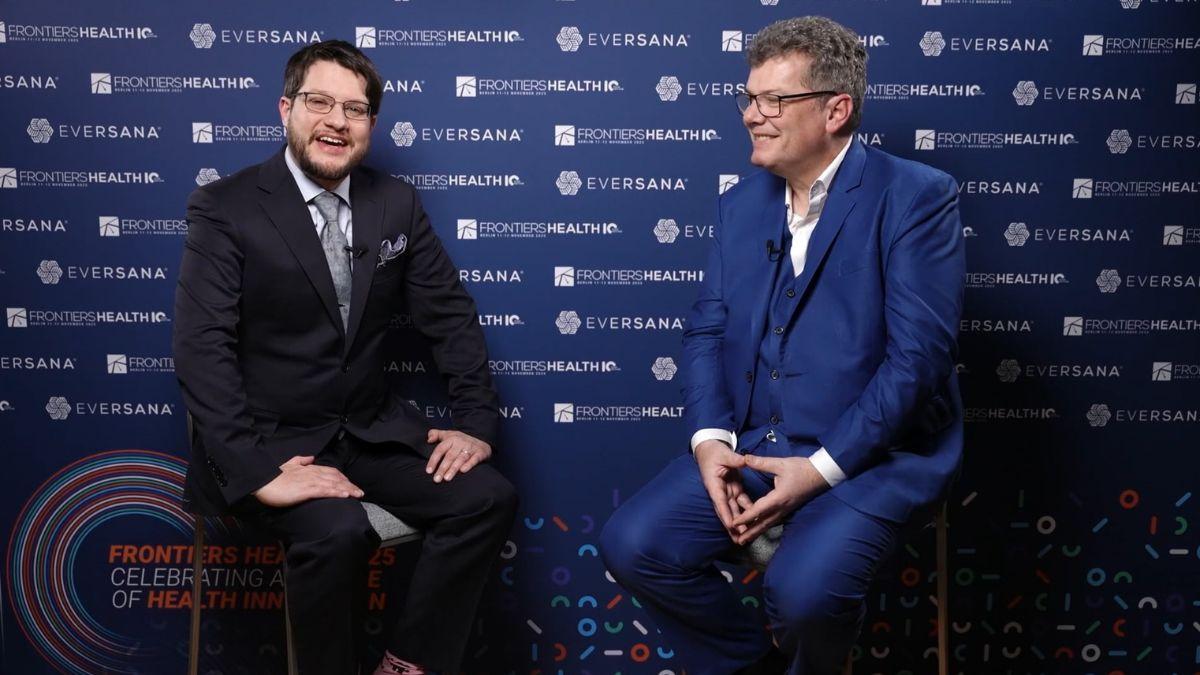On incentivisation and investment in rare disease R&D

To mark Rare Disease Day, pharmaphorum spoke with Paola Pozzi, partner of telethon strategy at Sofinnova Partners, about the outlook for investment in this field of research.
Why is it important to invest in rare diseases?
There is huge unmet need for new rare disease therapies, where patients have few or no available options. According to the National Institutes of Health, despite advances in diagnostic technology, of the 7,000 identified rare and neglected diseases, only about 500 have approved treatments.
From an investor’s point of view, what is attractive to you about investing in rare diseases?
Rare diseases, by definition, affect a small percentage of patients. In order to incentivise investments, regulatory and economic benefits are granted to encourage the development of therapies for underserved medical needs.
Rare diseases can be seen as a strategic entry point to validate platform technology, obtain strong proof of concept, and lower the risk of investment, before expanding to address more common diseases, potentially increasing the return on investment.
In rare genetic disorders, modalities such as gene therapy offer the possibility of a one-time curative treatment and the opportunity to make a significant impact on patients' quality of life, especially for those with rare and life-threatening diseases. This is particularly beneficial for very young patients, as it can reduce the burden of repeated hospitalisations and the need for chronic, lifelong treatments.
What impact have novel technologies such as gene therapy and CRISPR had on rare disease patient outcomes?
Novel technologies like gene therapy and CRISPR are transforming rare disease treatment, offering targeted, potentially curative solutions. The FDA approvals of Casgevy, Zynteglo, and Lyfgenia mark a major breakthrough for sickle cell disease and transfusion-dependent beta-thalassaemia, with Casgevy being the first ex vivo CRISPR-based therapy to reach the market.
We are fairly optimistic seeing in vivo gene therapies moving forward, with companies like YolTech Therapeutics recently starting clinical development of an in vivo gene editing product for beta-thalassaemia.
Where do you think the biggest unmet needs are in rare diseases, and how can these needs be met?
Despite this progress, there are thousands of diseases for which treatments are either non-existent or unsatisfactory. Globally, millions of patients with rare diseases are waiting for better treatments.
Addressing unmet needs in rare diseases requires multi-stakeholder collaboration among academic and biotech innovators, drug developers, regulators, patient advocacy groups, healthcare providers, and payers. Challenges range from accurate and early diagnosis to high R&D and manufacturing costs of advanced therapies, as well as the need for sophisticated yet sustainable payment models for reimbursement. Additionally, a fragmented regulatory framework and barriers to patient access and adoption further complicate the path to innovative therapies.
Investing in gene and cell comes with a higher bar. Investors should focus on supporting companies developing breakthrough technologies that address real unmet needs that cannot be solved otherwise, thus dramatically improving patients’ quality of life.
What more could regulatory authorities do to encourage investment in rare diseases?
With the development of novel therapies, more must be done to support healthcare providers in delivering the latest treatment to patients in a timely manner. Creativity and collaboration are essential to finding solutions that benefit all stakeholders, investors, drug developers, healthcare systems and, most importantly, the patients. Regulatory law harmonisation among different countries is needed to accelerate approvals and give patients access to needed therapies.
Economic benefits pre and post approvals should be further adopted, such as priority review vouchers further incentivising development of novel treatment options for patients in need. Clinical trial design for rare diseases must be tailored, often requiring real-world evidence and novel endpoints to accurately measure treatment outcomes.
How do you see the rare disease R&D landscape developing in the coming years?
We now have proof of concept for a range of rare diseases across different modalities.
Advancing rare disease therapeutics further requires strategic investment, regulatory innovation, and payer engagement. Gene and cell therapy hold transformative potential, but addressing cost, access, and scalability challenges will be key to maximising their impact. Investors who back companies tackling these fundamental barriers will play a critical role in shaping the future of rare disease treatment and beyond.
About the interviewee
 Paola Pozzi is partner of telethon strategy at Sofinnova Partners. She joined Sofinnova in 2018. Prior to that, she was head of the Office of Biotechnology Transfer of Ospedale San Raffaele, an internationally renowned research hospital based in Milan, where she spent 14 years actively promoting and contributing to scouting, protecting, and licensing intellectual property, including through the incorporation of start-ups. Pozzi got her Master's degree in Intellectual Property Law before heading up the patent portfolio at San Raffaele. She uses that knowledge, along with some new skills, to fund ideas that could change lives. Prior to her time at San Raffaele, Pozzi spent more than two years working at The National Institutes of Health in Bethesda, Maryland, studying Neurobiology using RNA interference. She holds a degree in Pharmaceutical Biotechnology from the University of Milan and a Master’s in Intellectual Property Law from Just Legal Services, a legal training school in Milan.
Paola Pozzi is partner of telethon strategy at Sofinnova Partners. She joined Sofinnova in 2018. Prior to that, she was head of the Office of Biotechnology Transfer of Ospedale San Raffaele, an internationally renowned research hospital based in Milan, where she spent 14 years actively promoting and contributing to scouting, protecting, and licensing intellectual property, including through the incorporation of start-ups. Pozzi got her Master's degree in Intellectual Property Law before heading up the patent portfolio at San Raffaele. She uses that knowledge, along with some new skills, to fund ideas that could change lives. Prior to her time at San Raffaele, Pozzi spent more than two years working at The National Institutes of Health in Bethesda, Maryland, studying Neurobiology using RNA interference. She holds a degree in Pharmaceutical Biotechnology from the University of Milan and a Master’s in Intellectual Property Law from Just Legal Services, a legal training school in Milan.












